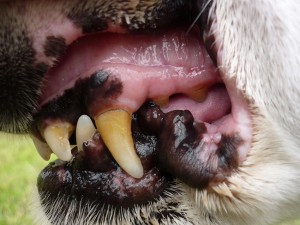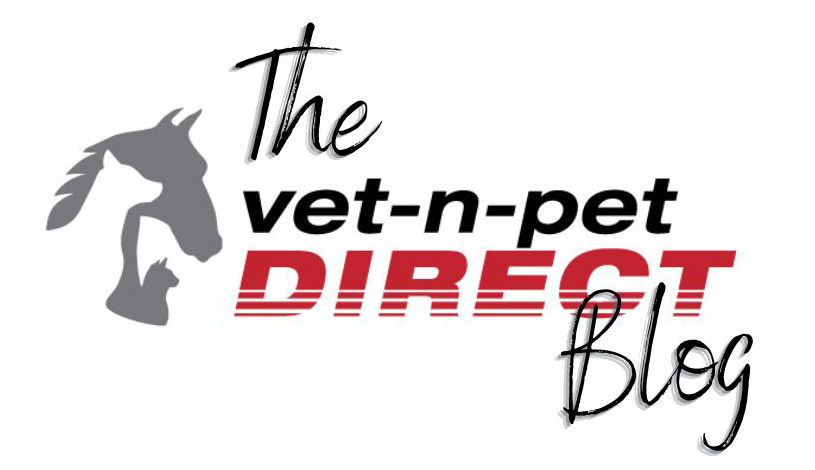
Do your pet’s teeth look like this?
Good dental hygiene in pets is sometimes overlooked, however it is a very important part of keeping your pet healthy.If a pet is having dental problems it can affect their overall health. The animal may not want to eat as usual due to pain and inflammation. When plaque and tartar build up on the teeth, bacteria will grow and eat away at the teeth and gums. The bacterial infection may not only affect the mouth, it can also affect other areas of the body like the kidneys, heart, liver and joints. It is best to start dental care at an early age to help prevent problems in the future, however its never too late to start. To check your pets teeth, carefully and gently lift up their lips and have a look at their teeth and gums.
Signs to look out for that may indicate its time for a dental check up from the vet include,
• bad breath
• excessive drooling
• bleeding gums
• swollen, red or discoloured gums
• broken, chipped or loose teeth
• discolouration of the teeth
• plaque or tartar build up on the teeth
• reluctance to chew or eat
At some point in their lives most pets will require some form of dental work to be done by a veterinarian. However there are many things that you can do at home to promote good dental health. There are lots of dental products on the market to help prevent plaque and tartar build-up and to assist in maintaining good dental health.
There are toothbrushes and toothpaste for cats and dogs, if you are game enough to brush your pets teeth. There are also products, like Aquadent, that you add to your pets water to help maintain a healthy mouth and gums and reduce bad breath. There are many treats available that work with the chewing motion to help prevent tartar and plaque build up, freshen breath and reduce gingivitis. My dog Lilly absolutely loves Greenies for dogs, they are a great treat for her as it helps to keep her teeth clean and her breath a little less stinky. There are also lots of chew toys available that help to clean the teeth, remove food debris and prevent plaque build-up all while the dog chews and plays. Dental Kongs are a popular choice for dogs and you can hide treats in the middle so it keeps them entertained for hours.
There are also a number of specially formulated foods available to promote dental health. These foods are designed to keep teeth clean, reduce tartar and plaque build up and control the bacteria found in plaque.
It is important to not overlook your pets dental health as early intervention and treatment is always best for your pet. If you think there is a problem, you need some advice or maybe your pet is due for a dental check up, take them to see their veterinarian .
So remember to look after your pets pearly whites and keep them smiling!!!
Until next time,
Bec

Is their any home remedy i can us pls
Hi Anna,
Thanks for the question. The best home remedy as such would be feeding some bones to help with manual cleaning. Only ever feed uncooked bones that are size appropriate for your dog. Things like chicken wings are a good choice and help remove plaque and tartar build up through the the chewing and biting process. Bigger bones that the dog has to pull meat off using their front teeth will also help. For more information on the right types of bones to eat please have a listen to our myPET Podcast Episode 18.19: Feeding Bones To Pets, the good and the bad, you can find it here >> https://www.vetnpetdirect.com.au/my-pet-podcast
I hope this helps,
Bec